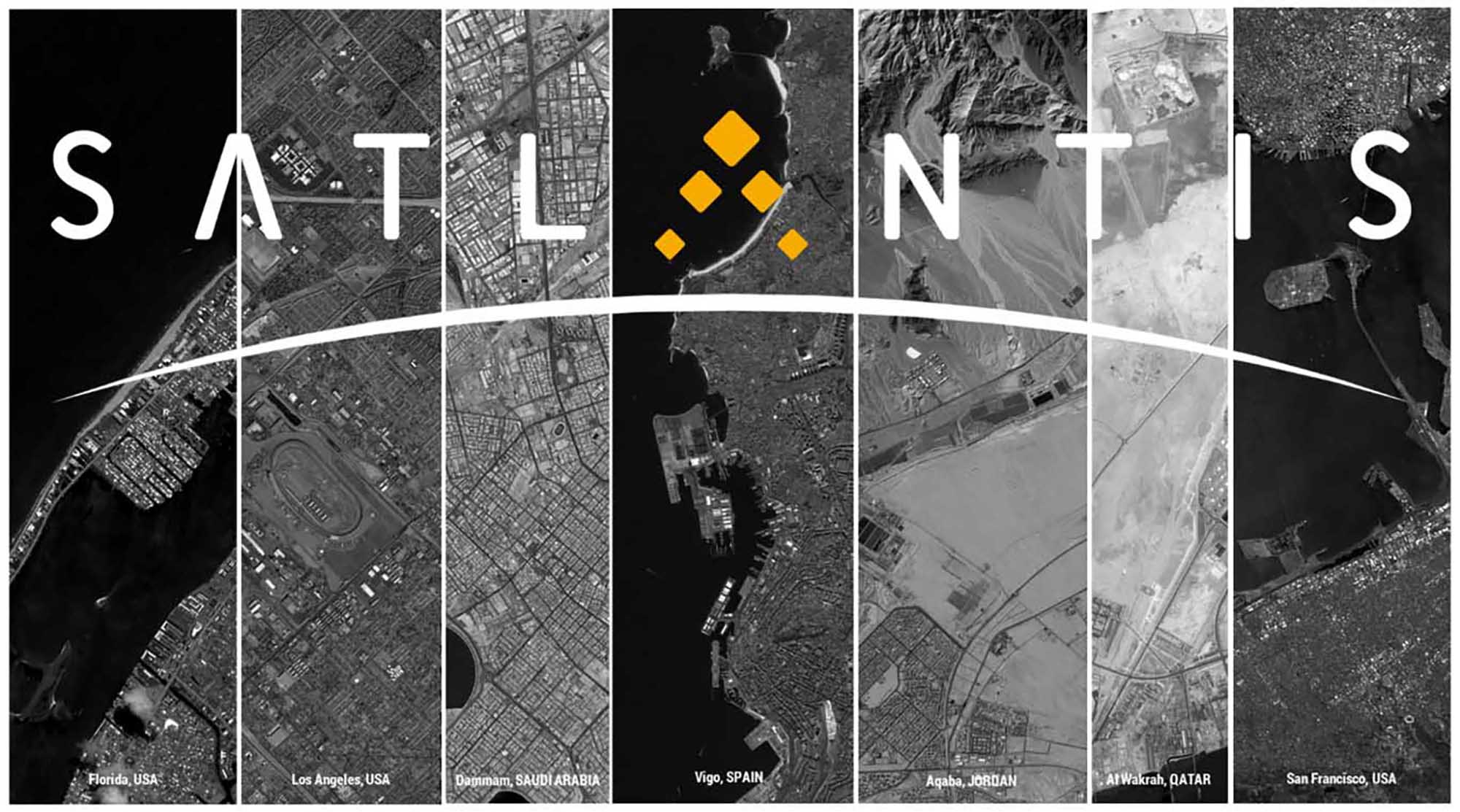SATLANTIS is a space technology company for Earth observation & universe exploration, global leading provider of reliable and innovative end-to-end satellite solutions built around customizable high and very high-resolution optical payloads for small satellites. The control of the camera technology, which is the heart of any EO mission, provides SATLANTIS with an unveiled capacity to go beyond the market, focusing on complex light understanding issues and optimizing flexible operations, platform integration issues and combination of different optical channels into a single mission.
Interview with Juan Tomás Hernani, CEO of SATLANTIS.
Easy Engineering: A brief description of the company and its activities
Juan Tomás Hernani: SATLANTIS’ Headquarters are in Spain, with a subsidiary in the US, plus a participated Company, SuperSharp, in Cambridge (UK).
SATLANTIS technology disrupts current market standards, offering the highest multispectral resolution that can be found in a 16U cubesat, (2 m in 4 bands), the combination with SWIR infrared cameras with VNIR in the same snapshot, and finally flying the most robust microsatellites that encompass submetric video, SWIR, submetric multispectral resolution (higher than the best resolution offered even by very large satellites) and other “a-la-carte” channels.
Furthermore, our flexible operations concept, liked to the satellite agility, enables us to stop over NYC for a video, slow down the capture of a critical infrastructure, follow a coastline for 2000 km in a single window, detect a methane emission origin with a precision of 6 metres, filter clouds and use the real time telemetry to download suspicious vessel positions.
After four space missions performed successfully with Jaxa (May 2020), NASA (Dec 2021), ARMSAT_1 (May2022) and GEISAT (June 2023), SATLANTIS is in the process of launching 3 more satellites in the next 18 months, called HORACIO, GARAI-1 and GARAI-2, presenting one of the most powerful pipelines in the market.

E.E: What are the main areas of activity of the company?
J.T.H: Space Technology and Space Missions for Earth Observation and Universe Exploration are the main areas of activities. Our Company designs and manufactures High and Very-High Resolution optical payloads for Small Satellites, as core of a unique set of electro-optical technologies, that are at the heart of the End-to-End solutions, the Observation missions that we provide.
E.E: What’s the news about new products?
J.T.H: Since its very beginning, SATLANTIS has marked its uniqueness in the market by developing its proprietary cutting-edge technology: iSIM (integrated Standard Imager for Microsatellites) which revolutionizes the imaging capabilities of Small Satellites. This innovative technology allows for high-resolution imaging and accurate data capture, enhancing the effectiveness of Earth observation missions.
As demonstrated by the flight heritage of the iSIM-170 and the iSIM-90 camera models, the Company’s innovative proprietary technique of the Ultra-Highres-Pixel improves the native resolution of the imager by a factor of 2-3. iSIM-170 model total reaches a sub-meter resolution from an altitude of 500 km and it covers the Visible & Near InfraRed (VNIR) spectral ranges, offering both panchromatic and multispectral capabilities. The iSIM-90 is the lightest and most compact optical payload of the iSIM family, designed to fit 12U/16U CubeSat platforms, allowing imaging in VNIR and SWIR simultaneously in dual channel configuration, or any of the two in a single channel configuration.
In the recent years, SATLANTIS has expanded its product range to offer turnkey satellite solutions for Earth Observation, with applications ranging from environmental and energy monitoring, precision agriculture, infrastructure surveillance, defense and security, among others.
The imaging sensors for satellite-based Earth Observation capture data across different wavelengths enabling detailed analysis of the Earth’s surface and acquiring value-added on-demand data from the satellite imagery.
E.E: What are the ranges of products?
J.T.H: Currently, as mentioned above, we provide:
Optical Payloads: such as iSIM-170 VNIR SWIR, suitable for MicroSats and iSIM-90 VNIR SWIR designed for 12/16U CubeSats.
Full Solutions for Small Satellites covering the entire value chain from upstream to downstream and embarking the iSIM optical payloads. The End-to-End solutions have a wide range of applications, as explained in the previous answers and can count on a valuable ecosystem of strategic partners.
SATLANTIS’ satellite-based image capability results in imagery and video generation.
E.E: At what stage is the market where you are currently active?
J.T.H: The “New Space” market is currently at a fast-growing stage, showing a dynamic, agile and innovative winning set of characteristics.
E.E: What can you tell us about market trends?
J.T.H: For sure, we’re witnessing – and leading – a trend of expansion in the space sector and being able to provide satellite-based data is every day more relevant to help taking the pulse of our planet to address the real-world problems and providing more efficiently solutions.

E.E: What are the most innovative products marketed?
J.T.H: Our disruptive iSIM optical technology is a new generation of cameras for Earth Observation satellites providing a sub-metric resolution imagery, unique in the market for the characteristics of agility, spectral capture and High and Very-High Resolution image quality.
The End-to-End solutions for SmallSats, with iSIM innovative technology onboard, contribute to different applications like methane emissions monitoring to improve the environmental impact and mitigate climate change. We focus on the language of light, adapting its outputs to the end-users’ requirements.
E.E: What estimations do you have for 2023?
J.T.H: SATLANTIS has a thrilling roadmap of scheduled missions and new challenges, to continue advancing in the greenhouse gas emissions monitoring and mitigation. We are working relentlessly to continue advancing with the Constellation of Methane Detection & Quantification Satellites and other Mission contracted and planned, between the end of this year and 2025.
Our Team is growing rapidly, and it now reached 100 individuals, mostly highly qualified engineers specialized in the fields of Aerospace, Telecommunications, Optics, Mechanics, Electronics, Software and Hardware, as well as Astrophysicists and Project Managers.

